
Tallinn is the capital, the primate and most populous city of Estonia. Situated on a bay in north Estonia, on the shore of the Gulf of Finland of the Baltic Sea, Tallinn has a population of about 457,000 and administratively lies in the Harju maakond (county). Tallinn is the main governmental, financial, industrial, and cultural centre of Estonia. It is located 187 km (116 mi) northwest of the country's second largest city, Tartu; however, only 80 km (50 mi) south of Helsinki, Finland, also 320 km (200 mi) west of Saint Petersburg, Russia, 300 km (190 mi) north of Riga, Latvia, and 380 km (240 mi) east of Stockholm, Sweden. From the 13th century until the first half of the 20th century, Tallinn was known in most of the world by variants of its other historical name Reval.

The Arthur M. Sackler Gallery is an art museum of the Smithsonian Institution in Washington, D.C., focusing on Asian art. The Sackler Gallery and the Freer Gallery of Art together form the National Museum of Asian Art in the United States. The Freer and Sackler galleries house the largest Asian art research library in the country.

The Percival David Foundation of Chinese Art holds a collection of Chinese ceramics and related items assembled by Percival David that are on permanent display in a dedicated gallery in Room 95 at the British Museum. The foundation's main purpose is to promote the study and teaching of Chinese art and culture. The collection has some 1,700 pieces, mostly of Song, Yuan, Ming and Qing dynasty porcelain from the 10th century to the 18th. It includes a painting, Scroll of Antiquities.

The Kumu Art Museum is an art museum in Tallinn, Estonia. It is one of the largest museums in Estonia and one of the largest art museums in Northern Europe. It is one of the five branches of the Art Museum of Estonia, housing its main offices.
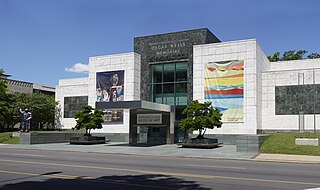
The Birmingham Museum of Art is a museum in Birmingham, Alabama. Its collection includes more than 24,000 paintings, sculptures, prints, drawings, and decorative arts representing various cultures, including Asian, European, American, African, Pre-Columbian, and Native American. The museum is also home to some Renaissance and Baroque paintings, sculptures,and decorative arts from the late 13th century to c. 1750.
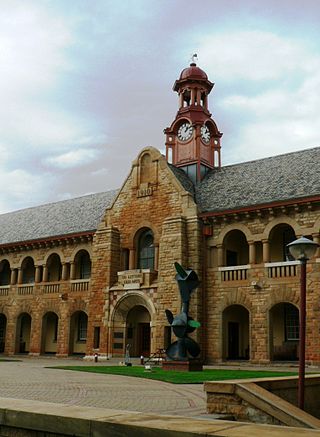
The Van Tilburg Collection is an art collection at the University of Pretoria that comprises 17th and 18th century furniture, paintings, Delft ceramics and other works of art, and includes the largest South African collection of Chinese ceramic objects. The oriental ceramic collection comprises 1699 pieces of earthenware, stoneware and porcelain dating from about 2000 BC until the early twentieth century.

The Museu Nacional de Arte Antiga, also known in English as the National Museum of Ancient Art, is a Portuguese national art museum located in Lisbon. With over 40,000 items spanning a vast collection of painting, sculpture, goldware, furniture, textiles, ceramics, and prints, MNAA is one of the most visited museums in Portugal.
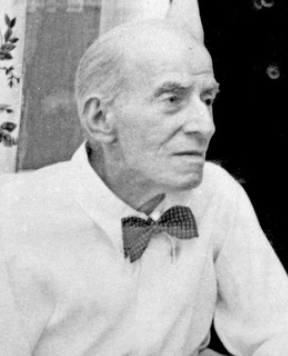
Sir Percival Victor David Ezekiel David, 2nd Baronet was a Bombay-born British financier who is best known as a scholar and collector of Chinese ceramics. His collection of Chinese ceramics in the Percival David Foundation of Chinese Art is regarded as the world's most important single collection outside of the palace collections in China and Taiwan. He also formed a collection of Chinese stamps and postal history that has been evaluated as one of the greatest ever assembled.

The George R. Gardiner Museum of Ceramic Art is a ceramics museum in Toronto, Ontario, Canada. The museum is situated within University of Toronto's St. George campus, in downtown Toronto. The 4,299.2-square-metre (46,276 sq ft) museum building was designed by Keith Wagland, with further expansions and renovations done by KPMB Architects.
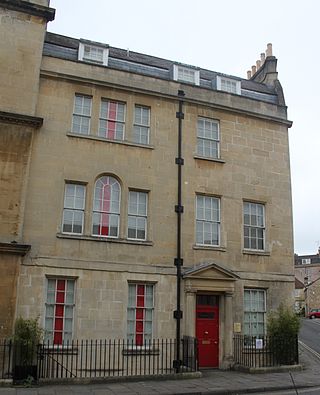
The Museum of East Asian Art or MEAA is in Bennett Street, Bath, Somerset, England.

A ceramics museum is a museum wholly or largely devoted to ceramics, usually ceramic art. Its collections may also include glass and enamel, but typically concentrate on pottery, including porcelain. Most national collections are in a more general museum covering all of the arts, or just the decorative arts. However, there are a number of specialized ceramics museums, with some focusing on the ceramics of just one country, region or manufacturer. Others have international collections, which may be centered on ceramics from Europe or East Asia or have a more global emphasis.

Sergei Isupov is a ceramic artist born in Stavropol, Russia, now living in Cummington, Massachusetts, United States, and Tallinn, Estonia. He was educated at the Ukrainian State Art School in Kiev and went on to graduate in 1990 from the Art Institute of Tallinn in Estonia with Bachelor of Arts and Master of Fine Arts degrees in ceramic art. He has since exhibited widely in both solo and group exhibitions, received numerous awards, and widely collected by museums and private collectors.
The Art Museum of Estonia was established in 1919. Originally based in Kadriorg Palace, the museum has expanded across several sites and today exhibits both international and local art works. At the end of the 1970s, in the 1980s the first branches of the Art Museum of Estonia were founded. Starting in 1995, all of the branches offer different educational programmes for children and young people. In 1996, the exhibition hall on the first floor of Rotermann Salt Storage was opened; this branch was closed in May 2005.

Kadriorg is a subdistrict in the district of Kesklinn ("Midtown"), Tallinn, the capital of Estonia. It has a population of 4,561. The subdistrict name derives from the Catherinethal, a Baroque palace of Catherine I of Russia. It is one of the wealthiest neighbourhoods in Estonia.
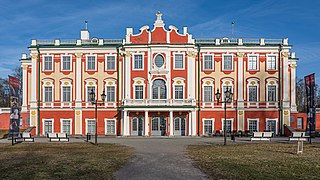
Kadriorg Palace is an 18th-century Petrine Baroque palace in Kadriorg, Tallinn, the capital of Estonia. Both the Estonian and the German name for the palace means "Catherine's valley". It was built in 1718–1725 to Nicola Michetti's designs by Gaetano Chiaveri and Mikhail Zemtsov. The palace currently houses the Kadriorg Art Museum, a branch of the Art Museum of Estonia, displaying foreign art from the 16th to 20th centuries. The building of the Kumu branch of the museum, showing Estonian art from the 18th century onwards is located nearby in the Kadriorg Park.
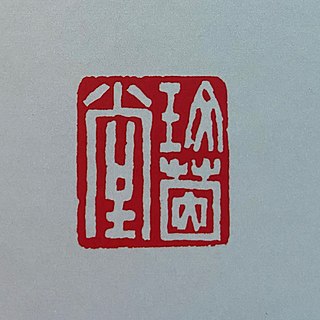
The Meiyintang Collection is a privately owned assembly of Chinese ceramics, porcelain and bronzes, which has been hailed as one of the finest private collections of Chinese porcelain in the Western world. Meiyintang 玫茵堂, "Hall among Rosebeds", is the adopted Chinese studio name of the collection.

Adriaen Cornelisz. Beeldemaker, was a Dutch Golden Age painter.

The Estonian Knighthood House is a building in Toompea, the upper part of Vanalinn, the historic inner town of Tallinn, the capital of Estonia. Its address is Kiriku plats 1. The Dome Church is situated at the same square.

The National Museum of Ceramics and Decorative Arts "González Martí", is a museum in Valencia, Spain, devoted to ceramics –with special importance to Valencian ceramics–, porcelains and other decorative arts such as textile art, traditional costumes, and furniture. It is one of the National Museums of Spain and it is attached to the Ministry of Culture.

The American Museum of Ceramic Art (AMOCA) is an art museum for ceramic art, located in Pomona, California. Founded in 2003 as a nonprofit organization, the museum exhibits historic and contemporary ceramic artwork from both its permanent collection of 10,000 objects and through temporary rotating exhibitions.





















